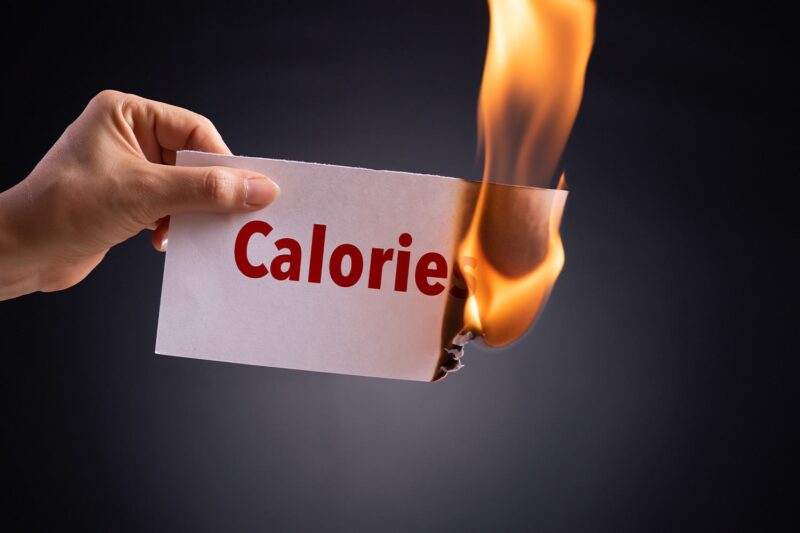When it comes to weight loss, exercise is often the first piece people turn to. Join a gym. Run more. Burn calories. But despite their commitment, many find their weight barely budges—or it comes back fast. Why?
Because many rely on myths that not only waste time but also derail long-term success. Exercise matters, but sustainable weight loss is a broader equation, involving food, sleep, stress, hormones, and behavior.
This article addresses the most common misconceptions about exercise and weight loss—and what science really says about results.
1. Believing Exercise Alone Will Lead to Weight Loss

It’s a feel-good assumption: sweat more, weigh less. But exercise—while essential for health—is not the magic bullet for fat loss.
A 30-minute workout may burn 300 calories. That’s helpful—but easily canceled by one smoothie or post-gym snack. And once workouts become routine, the body becomes efficient, meaning fewer calories burned for the same movement.
In other words: you can’t outrun a high-calorie diet.
Here’s where realistic strategy matters:
- Focus on consistent movement, not just workouts
- Pair activity with dietary changes (portion control, meal timing)
- Monitor your intake—without obsessing
If medications like Duromine are prescribed as part of a treatment plan, knowing how to take Duromine for best results can further support efforts. The effectiveness depends not only on dosage, but also on sleep patterns, hydration, and balanced meals, all of which also shape how exercise works for you.
2. Trying to Burn Fat in Just One Area

The myth of spot reduction is everywhere: do enough crunches and your belly will shrink. But you can’t pick where fat comes off first—that’s decided by genetics and hormones, not your workout routine.
Doing 100 leg lifts won’t reduce thigh fat. What it does do: strengthen those muscles under the fat. For actual visual changes:
- Combine strength training with total-body cardio
- Reduce overall body fat through diet
- Improve sleep and regulate stress to support hormonal balance
This is especially important for areas where fat is hormonally influenced, like the midsection or hips.
3. Thinking Cardio Is Better Than Strength Training

Cardio burns calories during the workout, but strength training changes your baseline.
Building lean muscle raises your resting metabolic rate—meaning you burn more calories all day, even while sitting. And contrary to the myth, strength training doesn’t make you bulky (more on that below).
Why strength matters for weight loss:
- Preserves muscle during calorie deficits
- Enhances insulin sensitivity and metabolic flexibility
- Supports long-term maintenance by boosting resting calorie burn
For best results, aim for a blend of cardio and strength training at least 3–4 times per week.
4. Fearing Heavy Lifting Will Make You “Bulky”
Especially among women, there’s hesitation around lifting heavy weights—out of fear they’ll develop a bodybuilder’s physique. But building large muscle mass requires high testosterone levels, specific nutrition, and years of targeted training.
In reality, lifting weights:
- Improves tone and posture
- Supports fat loss without extreme calorie restriction
- Enhances joint stability and bone density
Most women see improved definition and strength—not bulk.
Including 2–3 weekly resistance workouts with progressive overload (gradually increasing weights) is not only safe—it’s essential.
5. Believing More Exercise Is Always Better

Pushing harder doesn’t always mean better results. In fact, overtraining can raise cortisol, reduce sleep quality, increase cravings, and actually stall fat loss.
The body needs time to recover and adapt. Without it, stress builds—and weight loss efforts backfire.
Watch out for signs of overtraining:
- Persistent fatigue
- Sleep disruptions
- Mood swings or irritability
- Plateaus despite increased effort
Solution: Schedule rest days. Prioritize sleep. Make recovery part of the plan, not an afterthought.
6. Following the “Fat-Burning Zone” on Machines
Fitness trackers and cardio machines often push the idea of a “fat-burning zone”—lower-intensity effort where a greater percentage of calories burned come from fat.
Sounds good, but here’s the catch: total calorie burn is what matters most, not the fat ratio.
Compare:
| Workout Type | Calories Burned | % Fat Used | Total Fat Burned |
| Light Jog (45m) | 250 | 60% | 150 calories |
| HIIT (20m) | 300 | 40% | 120 calories |
| Afterburn (HIIT) | +150 | — | +60 calories |
So while both help, high-intensity training (HIIT) offers faster gains in less time—and an afterburn effect that keeps metabolism elevated.
7. Thinking Workouts Cancel Out Poor Eating Habits
It’s a dangerous loop: intense workout → indulgent treat → weight gain. Many people overestimate calories burned during exercise and underestimate calories in food.
Examples:
- 1 hour of spin class: ~500 calories
- 1 coffee shop muffin + latte: ~700+ calories
If you’re trying to lose fat, you need a consistent calorie deficit—which comes easier through dietary changes than constant workouts.
Tips:
- Track food honestly (even “healthy” snacks add up)
- Don’t reward workouts with treats
- Make your post-workout meal purposeful (protein + carbs)
8. Believing All Calories Are Equal

Calories count—but food quality counts more.
100 calories of candy vs. 100 calories of almonds have very different effects. The latter provides:
- Fiber (slows digestion)
- Healthy fat (supports hormones)
- Satiety (reduces cravings)
Meanwhile, candy spikes insulin, provides no nutrients, and often leads to rebound hunger. For real weight loss:
- Focus on protein-rich meals
- Include healthy fats and complex carbs
- Avoid ultra-processed foods that trick appetite signals
9. Trusting Fads or Supplements Without Lifestyle Changes

It’s easy to fall for detox teas, waist trainers, or extreme diets that promise rapid results. These trends rarely produce lasting outcomes and often cause rebound weight gain.
Real change takes time.
That said, clinical aids like Duromine can help under medical supervision—but they’re only effective when paired with long-term habits: proper eating, movement, sleep, and stress regulation.
Quick weight loss is rarely sustainable weight loss. And any plan that ignores real-life habits is destined to fail.
10. Thinking Exercise Offsets Poor Sleep or High Stress
You may hit the gym daily, but if your sleep is broken or your stress levels are through the roof, your body fights back.
Stress triggers cortisol—a hormone that promotes fat storage (especially belly fat) and stimulates cravings. Poor sleep disrupts leptin and ghrelin—your hunger and fullness hormones.
Weight loss isn’t just about what you do—it’s also about what you recover from.
To support fat loss:
- Get 7–9 hours of consistent sleep
- Cut screen time before bed
- Practice stress management (walks, journaling, therapy, mindfulness)
You Need More Than Just a Gym Membership
Losing weight through exercise is not about working harder—it’s about working smarter.
✔ Combine strength and cardio
✔ Eat for fuel, not restriction
✔ Make sleep and recovery priorities
✔ Stay consistent—habits matter more than intensity
✔ Be skeptical of shortcuts that sound too good to be true
The truth is simple: weight loss is multifaceted. Once the myths are stripped away, the real path becomes much easier to walk—one step at a time.

